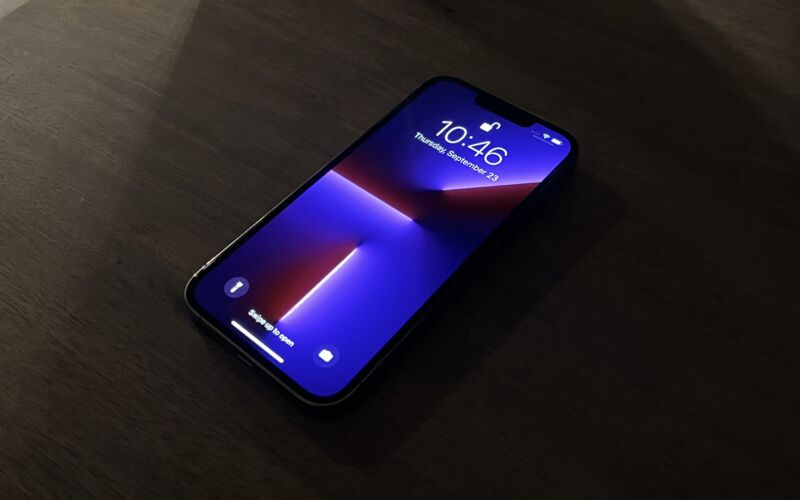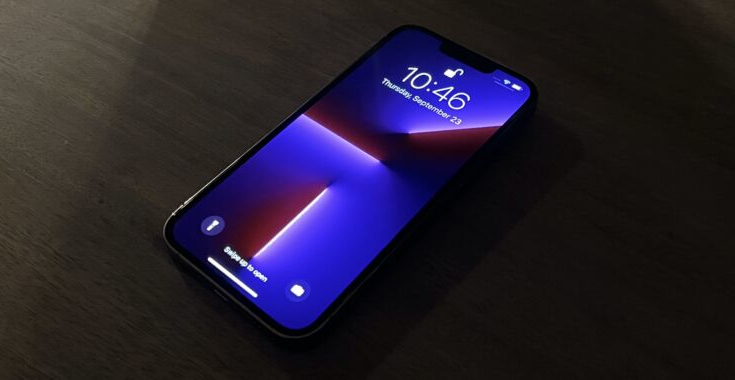
Samuel Axon
Apple has added a new feature for app developers that should prove useful for internal tools and other kinds of applications that are meant for a specific set of users but not for the wider world: unlisted apps.
Making an app unlisted means that it won’t show up “in any App Store categories, recommendations, charts, search results, or other listings,” according to Apple. The only way to get to the app is with that link—or through Apple Business Manager or Apple School Manager.
Developers must submit a request to receive a link that can point to their app. Apple’s documentation on the feature goes a little deeper for each of the possible cases:
If your app hasn’t been submitted for review or was already approved for public download on the App Store, simply complete the request form. If your app was already approved for private download on Apple Business Manager or Apple School Manager, you’ll need to create a new app record in App Store Connect, upload your binary, and set the distribution method to Public before completing the request form.
It’s worth noting that this process isn’t going to work as a replacement for TestFlight, as Apple will decline requests related to apps that are “in beta or a pre-release state.”
Beyond that, the company hasn’t gone into much detail about which requests or apps will or won’t be declined. It does specify that this unlisting and linking process is ideal for apps for specific organizations, special events, or research studies. But it doesn’t say whether Apple will decline requests for apps being used for other purposes, beyond the beta/pre-release example.
The best we have to go on there is this paragraph at the top of the request form:
Your app may qualify for unlisted App Store distribution if it’s designed for a limited audience. Examples include apps for employees, apps for specific events, sales apps, or research apps. Unlisted apps are distributed using a direct link to the app’s product page on the App Store, but they do not appear in App Store categories, search results, or other App Store listings.
For more details and for links to the forms and steps in the process, visit Apple’s developer documentation on the topic.



